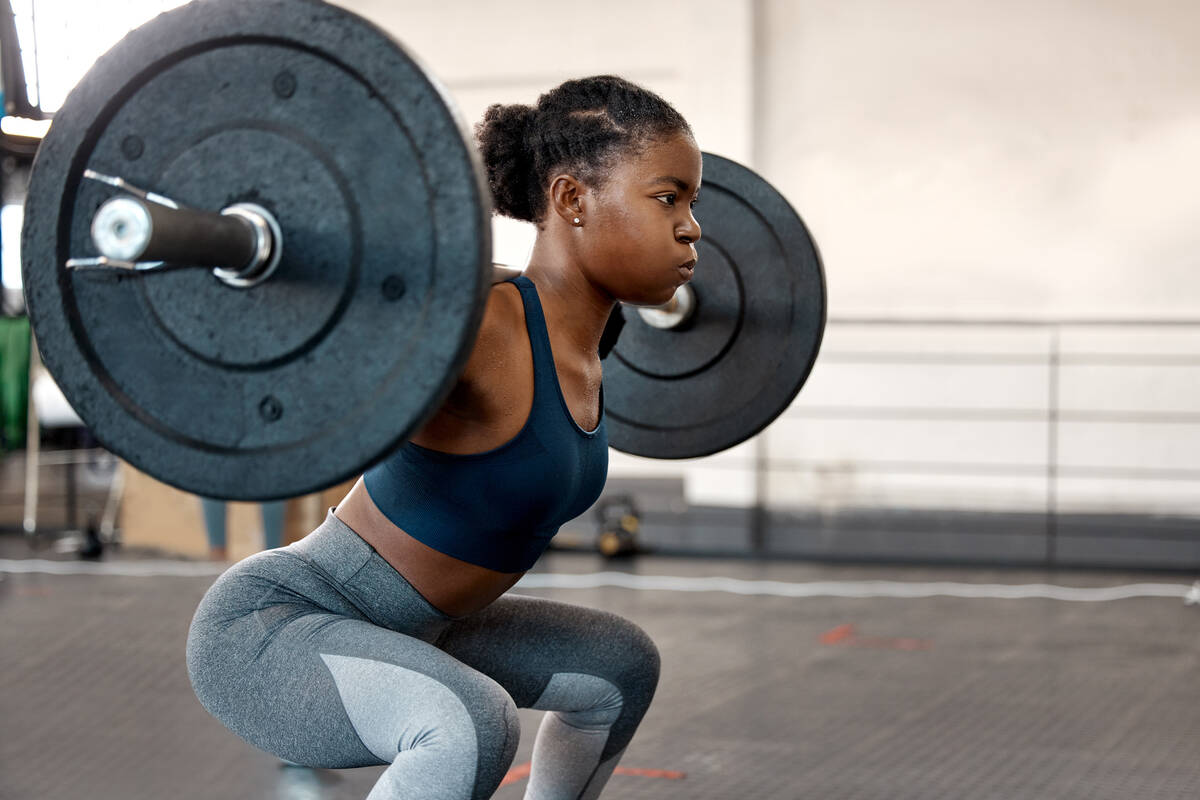The 3 best movements to build lower-body strength

Part of the enigma with exercise is that, after making the initial emotional decision to start a regimen, many people become confused on what to do. Starting a program without a strategy is a way to become disenchanted because the method dictates the outcome. A random approach will create random outcomes.
A common error is to search for exercises. Exercise compatibility is determined by one’s mobility, strength and skill level. Injuries frequently occur when people undertake inappropriately matched exercises.
A safe and effective way is to select exercises based upon movement patterns that allow you to regress, if needed, and progress intensity over time.
The National Strength and Conditioning Association, a nonprofit research and educational provider founded in 1978, cites the following movement patterns in its foundations of fitness programming: squat, hinge, lunge, horizontal push, horizontal pull, vertical push and vertical pull.
Squats
Squats are the cornerstone of lower-body strength training. They build strength and can increase lean muscle in the quadriceps, glutes (maximus, medius and minimus), hamstrings, adductors, lower back, core and calves.
A simple assessment should be the ability to squat with body weight to a depth at which the upper thighs are parallel to the floor without assistance. This requires adequate mobility in both ankles and hips and stability of the knees.
Mastering this movement pattern with body weight should be prioritized before adding extra load such as a barbell, dumbbell or kettlebell. Load placed on a dysfunctional movement pattern can lead to injury.
Assisted squats using suspension trainers, such as the TRX, are a good starting point if one cannot achieve the recommended range of motion. The suspension trainer allows you to de-load some of your body weight, while still training the neurological component, by using the upper body to assist in pulling yourself up.
Over time you can decrease your dependency on the suspension trainer. Bilateral (both legs simultaneously) and unilateral (one leg at a time) variations should be used to build strength symmetry throughout the body. When training lower body, gains can be attained with three to four sets of squats consisting of six to 12 repetitions each.
Hinge
The ability to properly hinge and load at the hips is quintessential to everyday life. Watch any toddler retrieve their favorite toy, and you’re likely to observe them naturally hinging at the waist as they pick it up.
Training the hip hinge allows you to assess the posterior kinetic chain of muscles. This chain is inherently strong, can manage holding large loads and can generate substantial forces.
The Big Three muscles of this chain are the hamstrings, glutes and erector spinae. These three muscles should work synergistically and not independently.
In Western culture, where sitting for extended periods of time has increased, many people experience muscle inhibition or a delay in muscle firing in the glutes. This can lead to an increased demand on the hamstrings and lower back when hip hinging.
Deadlifts and kettlebell swings are good exercises to train this movement pattern but are not a good starting point. Both require a base level of pelvic stability, which if not achieved, could leave the user susceptible to injury.
A good starting point is the single-leg bridge. To optimize muscle engagement, I recommend holding the top, hip-extended position for a 5-second static hold. Strength improvements can be achieved with sets of six to 10 repetitions for a total of three sets.
Lunge
Injuries in the lower body happen not when initiating movement, but rather when decelerating or putting on the brakes. Lunges are a great exercise that trains the lower body asymmetrically and reinforces our ability to stop.
As with the squat, the TRX suspension trainer can function as an aid initially. A safe strategy is to start with suspension trainer assistance, followed by using body weight unassisted and then eventually adding load, such as a pair of dumbbells.
People commonly experience failure, trying to perform too much too fast, by using weight at the start. Utilize the principal of gaining competency first in the movement pattern before adding weight.
A good hack is to perform reverse lunges (stepping in reverse) first, before taking on a traditional forward lunge. Stepping backward minimizes the demands of deceleration. I recommend three sets of 10 repetitions performed on each leg.
Doug Sheppard is a nationally certified personal trainer with 34 years of experience and owner of J&D Fitness Personal Training in Las Vegas.